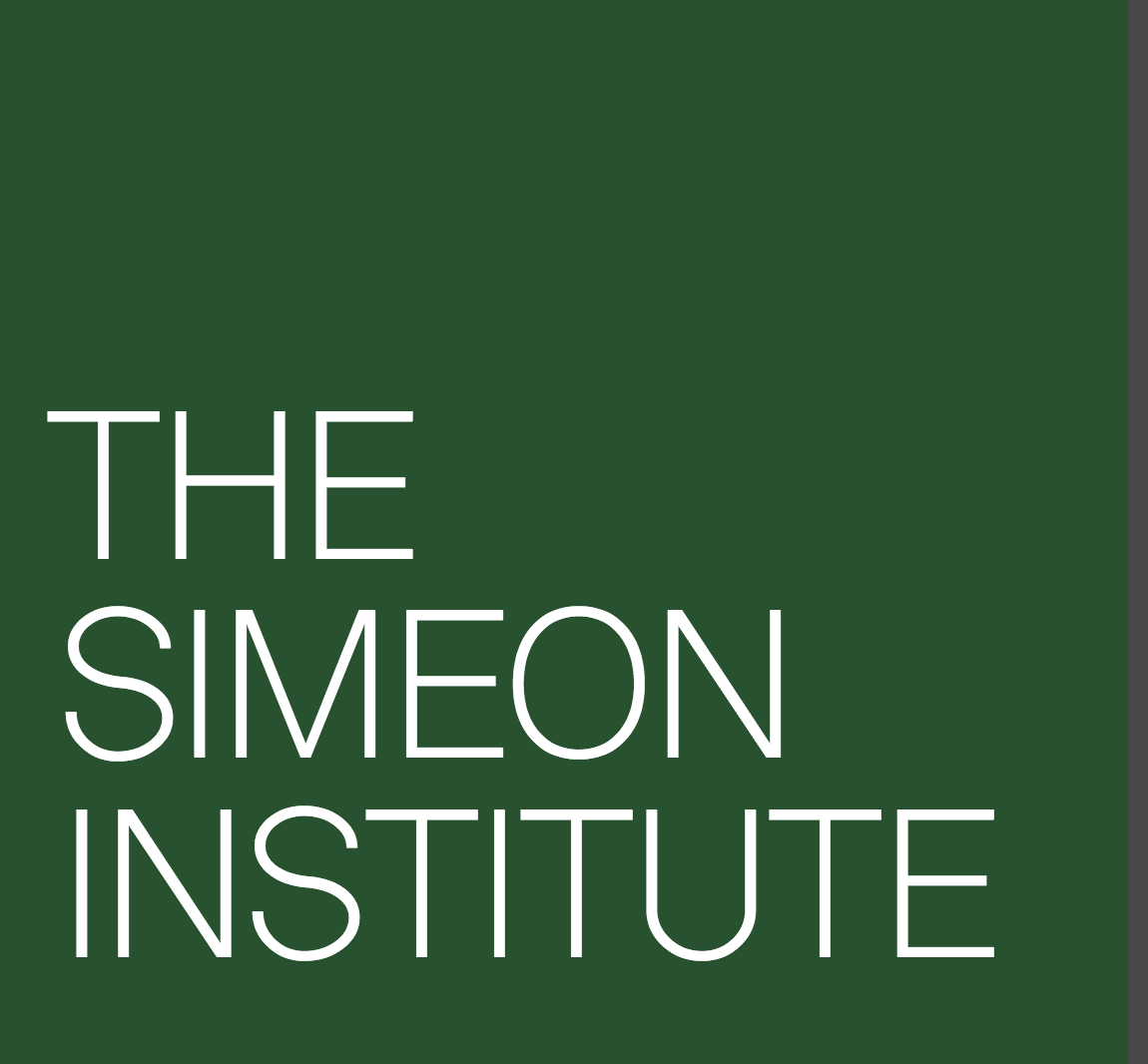Retreat to Rydal
/I helped lead a Pelumbra writing retreat recently, snug in a grand house of the English Lake District where Spring rain alternated with brisk sunshine, and a lively band of writers engaged with each other. Serious work occurred, but also walks, food, drinks, pub crawls, and a fitting injection of a little Wordsworth history. Led by an old friend, Jonathan Gosling, academics, novelists, and poets coalesced into a jolly little community, constantly shifting seats at tables during meals, crossing discipline lines and boundaries, and converging in a nearby, somewhat uninspiring meeting room (conveniently located next door to the beer/wine supply) after dinner, glasses in hand, and making it a happy place by their presence and conviving.
Four days of pleasant labor passed swiftly, momentum reached impressive heights, products of these efforts became whole, and, mostly, a thriving community took care of its own. All the life emotions possible were explored from deep grief to great achievements, punctuated by daily poetry and wild swimming.
Frankly, I was a little stunned and temporarily wordless - not necessarily a good thing at a writing retreat. The words eventually came, and I hope I helped a few trusting souls, but the thick magic of connections and caring startled. The WhatsApp group created before the event by Miriam Gage, the retreat manager, should have presaged what was to follow. Almost instantly, a week before we gathered, the travel planning and train meet-ups surged into existence. Total strangers, suddenly chatty, linked and met. During the retreat, there was no need for the digital tools, but once the departures began, mostly everyone started exchanging posts with each other, again. And so it continues, four months later.
I believe that covid hurt us badly, certainly with all the killing accomplished by that disease, but also with the fear it created that somehow we could or should no longer connect with each other. The strong hearts and brave creators who chose to convene in the damp English countryside, (perhaps within a zone of safety with a pandemic receding), connected and risked by laying their creations before their peers - while joyfully plunging into this community.
We hope to try this again - this time in the changing colors of a Maine Autumn, somewhere in the foreseeable future. In these uncertain days, perhaps the best medicine will come from strong hearts and brave creators.

